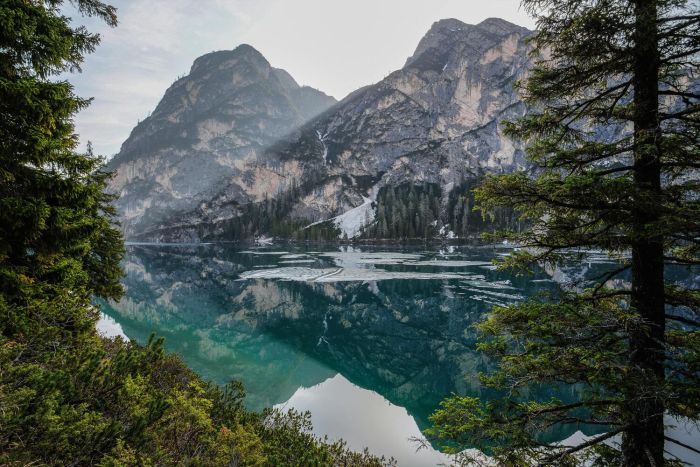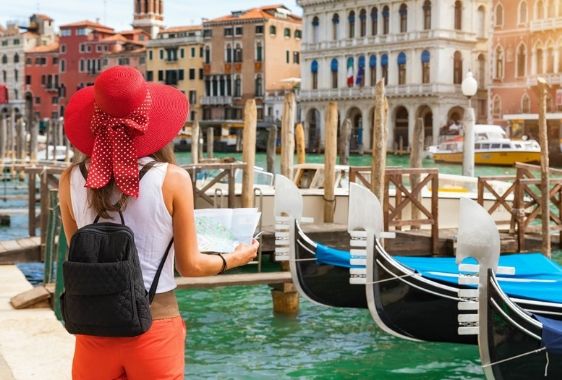As soon as the situation seemed to have calmed down, after the war between the ‘Ostrogoti' and Bisanzio (535-552) there was the impending threat of invasion by the ‘Longobards' There are ever growing amounts of populations who destroy and loot the city resulting in VI century 50,000 inhabitants that fell to less than 25,000 in the 8th and 9th Centuries AD. During the imperial era there were over I million inhabitants.
Within the city there remained the, Bishop of Rome, head of Christianity, later to be known as ‘Papa' (padre). One of the greatest exponents of the medieval church was pope Gregorio I (590-604) with his farsighted politics threw the foundations of temporal power of his successors.
With the end of the plague, he started a large scale programme of evangelism within northern Europe after he had been reminded of the statue of the angel Michael on the terrace of the St Angelo castle. As a consequence, throngs of pilgrims flooded into the city which for the first time in a long time sparkled again.
The influence of foreign sovereigns became ever weaker, but the popes didn't possess enough military power in order to protect themselves long term. In 753, When the ‘Longobards' once again threatened Rome, Pope Stefano II looked for an ally in the French King Pipino. With his help they were able to defeat the aggressors and his donation guaranteed the church power over Rome as well as large parts of northern Italy, the first step towards the state of the church. In exchange, the Pope consecrated him the first king by grace of God.
These ties were strengthened under Carlo Magna who assigned more territory to the church and the 25 December 800 he was crowned emperor in St Peters by pope Leone III (795-816). At so commenced the history of the holy Roman empire with Rome as the spiritual centre.
The real centre of power was north of the Alps. Conflict was easily foreseen. The emperors claimed the right to choose the pope, the popes reclaimed the privilege to crown the emperor and the right to nominate bishops. This war between the pontificate and the emperor would mark the history of the successive centuries.
In the 8th & 9th Centuries when the popes supremacy was guaranteed by the French Kings, Rome seemed to flourish again for a short period in particular with their rich decorations, the churches of S. Giorgio in Velabro, S. Prassede, S. Marco, S. Cecilia in Trastevere and S. Maria in Domenica.







